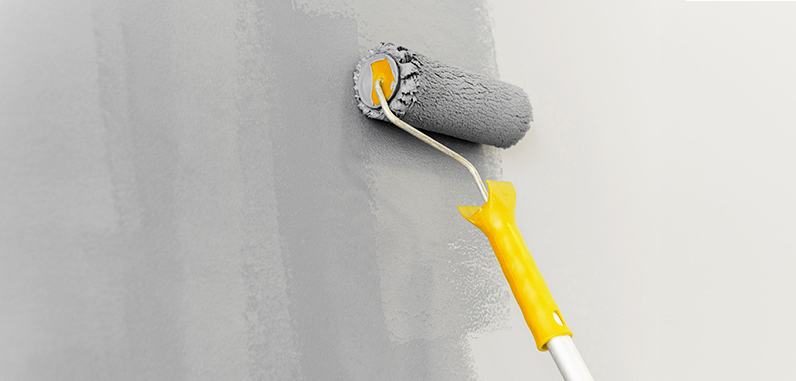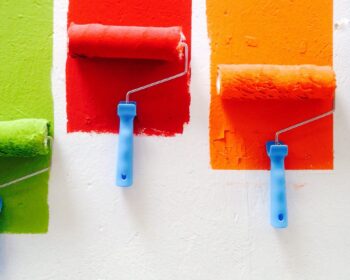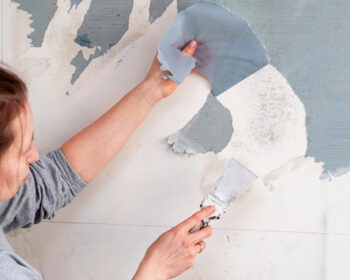
Looking for Eco-friendly Paint? Try Limewash Paint
For at least ten thousand years, limewash paint has been used as a decorative and protective treatment. However, it is still significant today due to its eco-friendly, antiseptic properties, and magical, romantic finish. Here’s what you should know if you’re considering getting this old-world theme into your house.
What Exactly Is Limewash?
Limewash paint is a combination of lime and water that, when mixed together, produces calcite crystals by a chemical reaction. Limewash has a subtle shine that isn’t present in most finishes because of these crystals.
Limewash was first used to shield fragile mud buildings from the elements, rather than as a cosmetic finish. It’s also just as effective at securing surfaces nowadays, both inside and out.
Limewash Paint’s Advantages
Limewash is both protective and permeable, allowing buildings to breathe. This property prevents water from being stuck within the walls. Water that has been trapped allows masonry to deteriorate and wood to rot.
As a result, limewash is an excellent option for use as a brick paint. It shields brick from the elements, giving it a bright, new appearance, and helps the brick and mortar to breathe, extending the life of your brick. The paint’s depth and texture are created by the changes in tone. It’s also inherently eco-friendly due to its ingredients.
Using an Ancient Material to Create a Modern Look
Don’t let the paint’s vintage vibe fool you into thinking it can’t keep up with new trends. It complements a wide range of designs, from conventional to cottage to contemporary. It has a gleaming finish that captures light and helps rooms seem more spacious, making narrow and dim spaces seem larger.
It can be difficult to achieve a rich, saturated paint because this goes on much lighter than most finishes. However, several brands now sell a broader variety of shades, so consult with professional residential painter in Melbourne to learn more about what’s affordable. Then, in areas where you want to achieve a pastel, ethereal glow, apply this lovely finish.
Using This Finish at Home
Limewash is water-based, so it should be used on absorbent materials. Those include:
- Brick
- Concrete
- Masonry
- Plaster
- Wood
Lime’s moderate antiseptic effects can also aid in disease prevention. It was once used by farmers to whitewash barn stalls in order to keep livestock safe.
Wear protective eyewear and gloves while working with lime because it can irritate the skin and eyes
It won’t stick to other finishes, such as latex or oil paint, because it’s a mineral paint. Before you can paint on limewash, you’ll need to clean the old paint with a paint stripper and then wash the walls. This is particularly crucial if you’re going to clean the paint using a solvent. If you don’t clean well after scraping the paint, the surface can become too acidic, preventing the limewash from adhering properly.
One thing to keep in mind: limewash cannot be applied with a spray or a roller. You’ll get the best effects if you use a stiffer paintbrush than a normal one. Apply the first coat in circular movements, as if you were scrubbing it onto the wall. Apply thin coats and wait a few days before applying another, particularly if the weather is cold or humid.
The limewash’s soft, suede-like finish is achieved by applying the subsequent coats (at least three to achieve the desired depth) with vertical strokes.





